

Factory Seafoods Hot Sale Frozen Masago And Tobikko For Suhsi Foods Orange Green Black Yellow Red Color


2.2mm 15cm 2kg In A Bag Good Quality China Wholesale Cheap Price Bulk Pack Meat Skewers Yakitori Tusuk Sate Bamboo Skewers







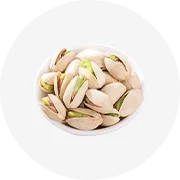


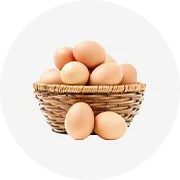

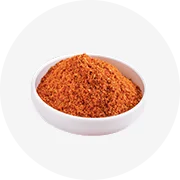
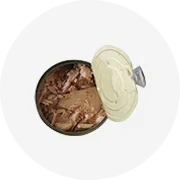
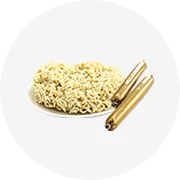

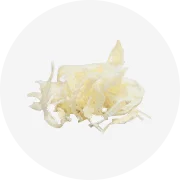


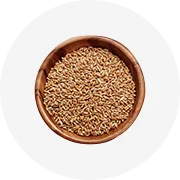
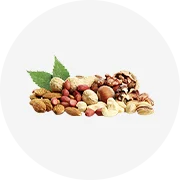

The beef omasum, also known as "book tripe," is one of the four stomach compartments of a cow.
The stomach of a cow is divided into four chambers: rumen, reticulum, omasum, and abomasum. The omasum is the third chamber in this digestive system. The omasum's main function is to absorb water and filter out any remaining nutrients from the partially digested food before it moves into the abomasum, which is the true stomach where further digestion takes place. The omasum has many folds, giving it a distinctive "book" or "leaves" appearance. In certain culinary traditions, beef omasum tripe is consumed as a delicacy. It is often prepared by cleaning, boiling, and then slicing it into thin pieces. The texture can be chewy, and its unique appearance makes it a distinctive ingredient in certain dishes. Savor the unique texture and rich flavor of beef omasum for an authentic culinary experience at Alibaba. com
The terms "beef omasum" and "tripe" can be a source of confusion, but they refer to different parts of the stomach in a cow. Tripe is a more general term that encompasses several types of edible offal or organ meats from the stomachs of various animals, including cows. Beef omasum is a specific type of tripe. In the context of beef, the stomach of a cow is divided into four compartments: rumen, reticulum, omasum, and abomasum. Tripe can refer to the edible lining of any of these stomach compartments. Still, when people specifically mention "beef tripe," they often refer to the omasum, which is the third chamber. Both beef omasum and other types of tripe are used in culinary traditions around the world, but the specific part of the stomach and its preparation methods can vary.
The flavor of beef omasum is relatively mild, and it tends to take on the taste of the seasonings and spices used during preparation. Proper cleaning is essential before cooking beef tripe omasum. The preparation involves removing any residual stomach contents and thoroughly cleaning the surface. Beef omasum is often boiled or braised to make it tender. Boiling it with herbs, spices, and aromatics helps to impart flavor and reduce any potential strong odors. In Chinese cuisine, beef omasum is commonly used in various dishes. It may be featured in hot pot preparations, stir-fries, or soups. Turkey, tripe soup (known as "işkembe çorbası") is a traditional dish that uses beef omasum. The soup is often seasoned with garlic, vinegar, and red pepper flakes. In Mexican cuisine, salted beef omasum might be featured in traditional dishes such as menudo (a spicy tripe soup) or used as a filling for tacos. In Brazilian cuisine, especially in certain regional dishes, salted omasum tripes could be included in hearty stews or feijoada, a traditional black bean and meat stew. Adequate cleaning and thorough cooking are crucial for organ meats to mitigate the potential risk of foodborne illnesses. The reception and prevalence of beef omasum in culinary practices exhibit considerable diversity, shaped by cultural inclinations and regional gastronomies.